Complex upper extremity trauma with open elbow fracture-dislocation and both-bone forearm fractures.
Score and Comment on this Case
Clinical Details
Clinical and radiological findings: A middle-aged male sustained multiple injuries from a 40-foot fall, presenting in critical condition. After emergent resuscitation and ICU management, he underwent an exploratory laparotomy and selective angiography for pelvic injuries. Two days post-injury, he was cleared for orthopaedic intervention. The right upper extremity (RUE) was free of vascular injury, but a neurological examination was not possible due to intubation and sedation. The elbow presented with a 3cm posterior open wound, while other injuries were closed.
Preoperative Plan
Planning remarks: The preoperative plan involved a staged approach to address the complex injuries. Initial focus was on the humerus, followed by the radius and ulna. The humerus was planned to be addressed first with intramedullary nailing in a supine position using a mini open clamp reduction technique. The proximal diaphyseal radius was to be open reduced and plated via the volar Henry approach, with careful attention to the posterior interosseous nerve (PIN). The ulna and elbow were deferred for a subsequent procedure.
Surgical Discussion
Patient positioning: Supine positioning was utilized for the initial procedures involving the humerus and radius, facilitating simultaneous management of pelvic and femoral injuries.
Anatomical surgical approach: For the humerus, a mini open approach was employed for clamp reduction prior to intramedullary nailing. The volar Henry approach was used for the radius, involving incision along the flexor carpi radialis with careful dissection to protect the PIN. The ulna and elbow were later addressed in a lateral position with the arm supported on a board.
Operative remarks:The surgeon noted the complexity of the elbow fracture-dislocation, emphasizing the importance of anatomical reduction and stabilization of the diaphyseal radius and ulna fractures. The humerus was prioritized to simplify subsequent procedures. The ulna was fixed in a lateral position, starting with the shaft before addressing the proximal fracture. Articular fragments were meticulously reduced and stabilized, followed by ligamentous repair to achieve elbow stability.
Postoperative protocol: Postoperative protocol included heterotopic ossification prophylaxis, splinting for one week, followed by initiation of a motion protocol.
Follow up: Not specified.
Orthopaedic implants used: Intramedullary nail for humerus, plate fixation for radius via volar Henry approach, plate fixation for ulna.
Search for Related Literature

orthopaedic_trauma
- United States , Seattle
- Area of Specialty - General Trauma
- Position - Specialist Consultant

Industry Sponsership
contact us for advertising opportunities
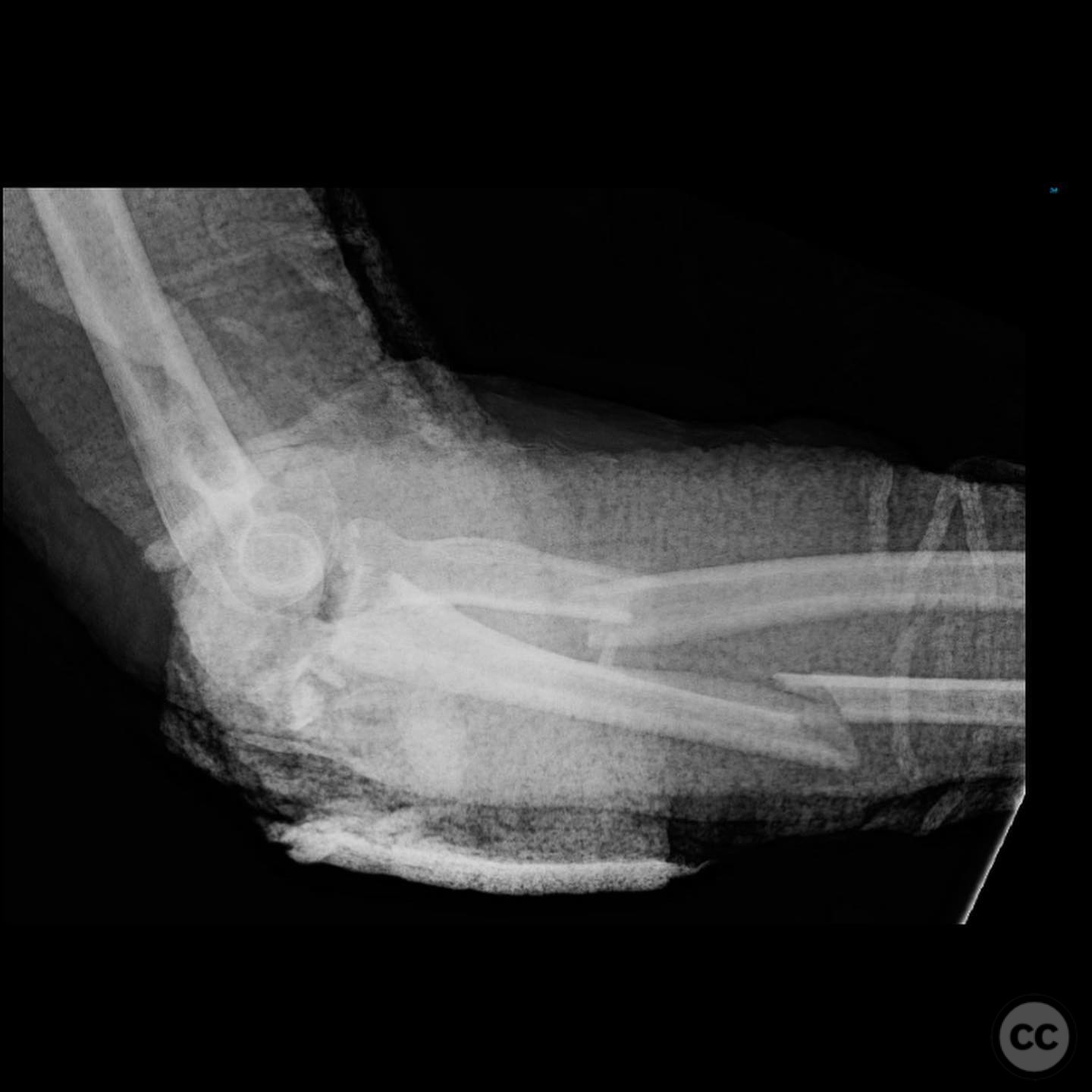
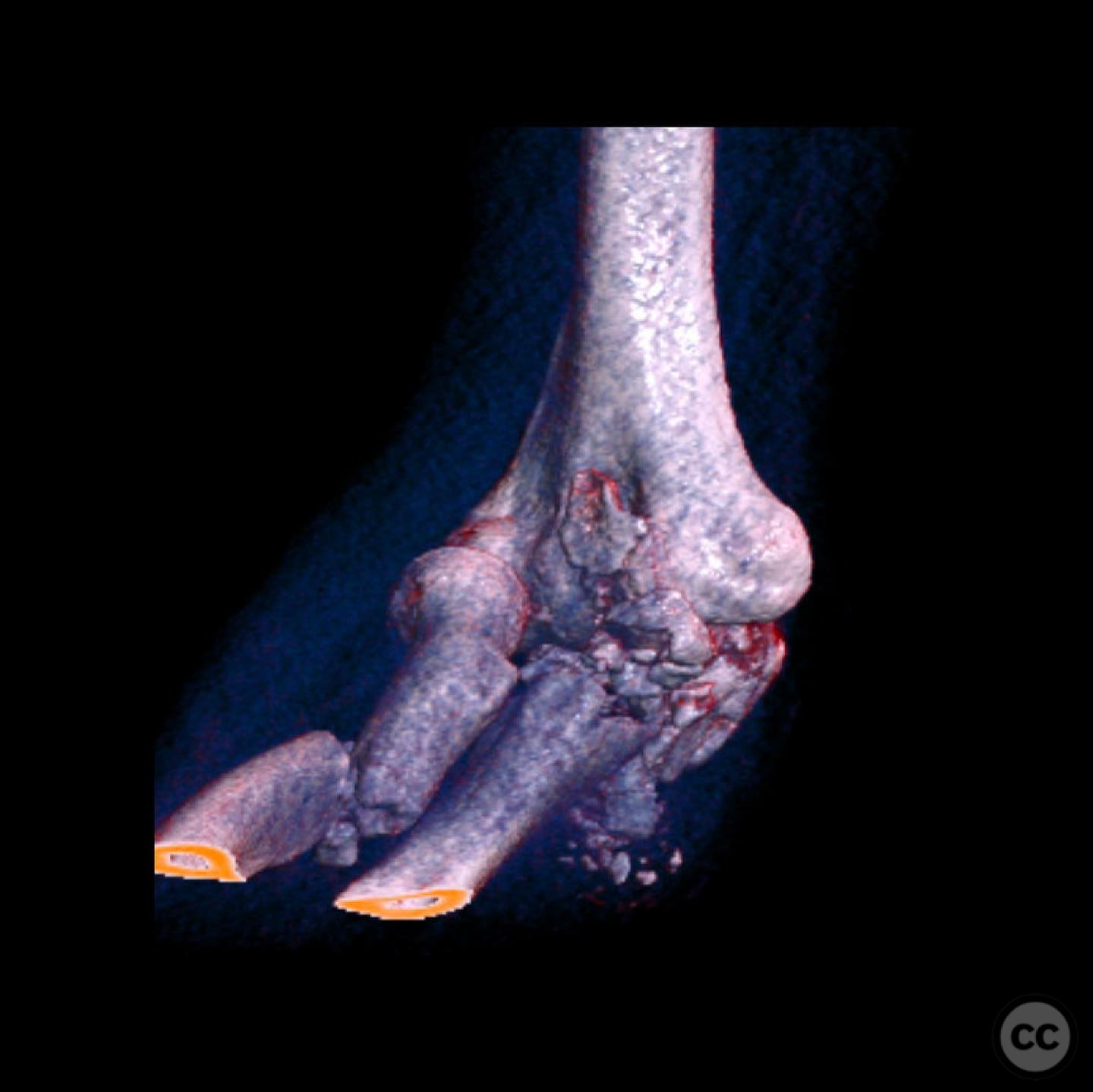
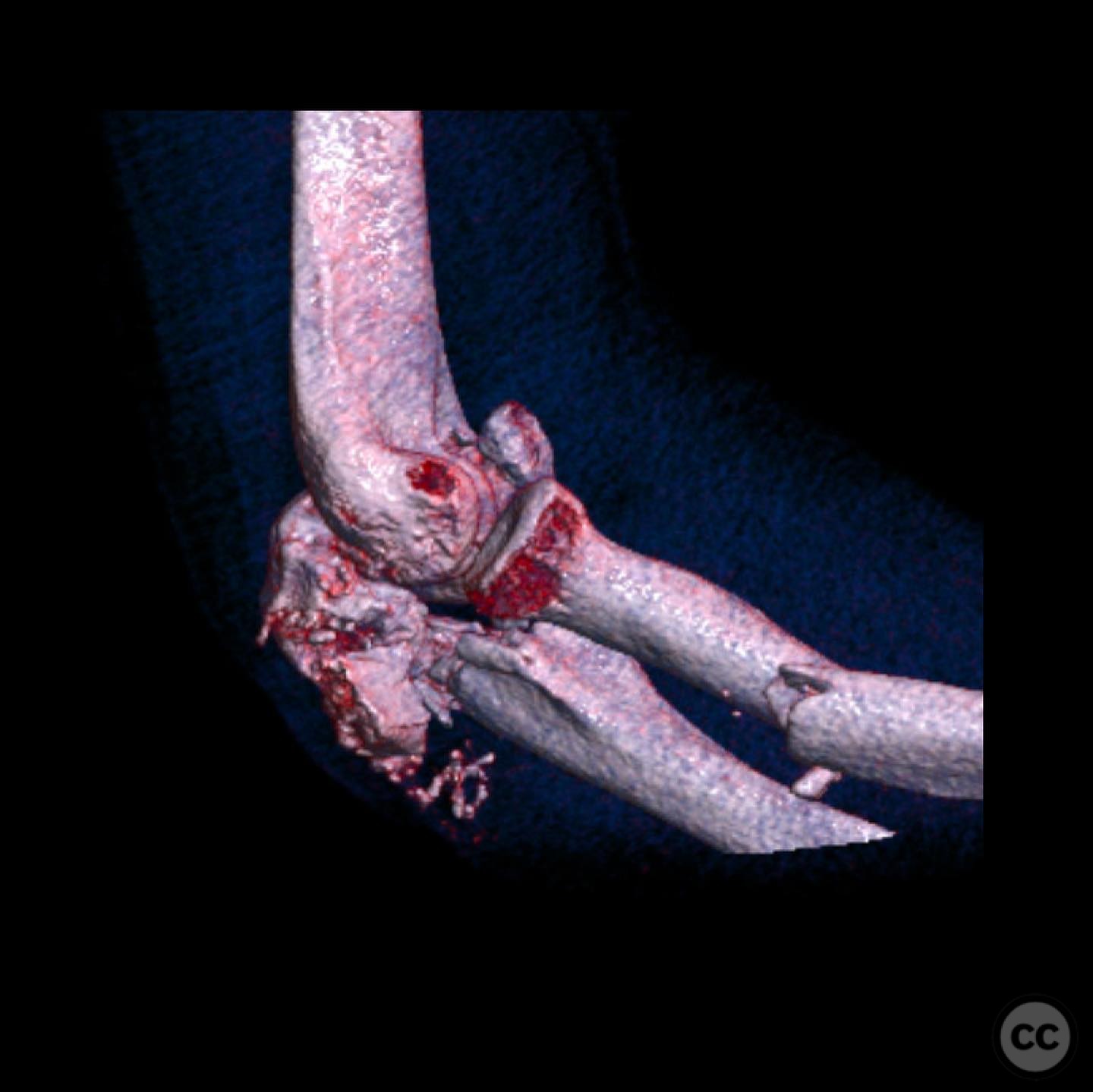
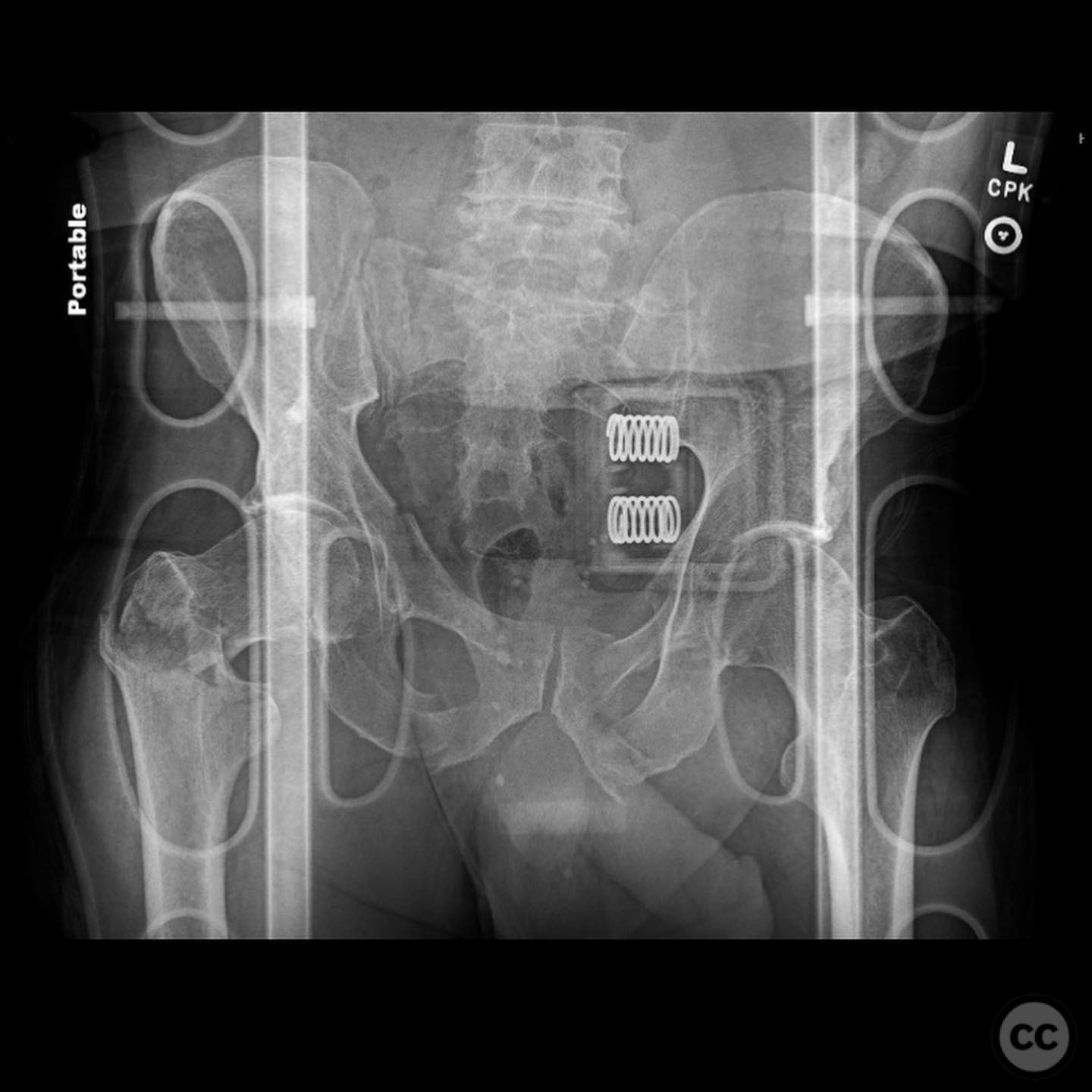
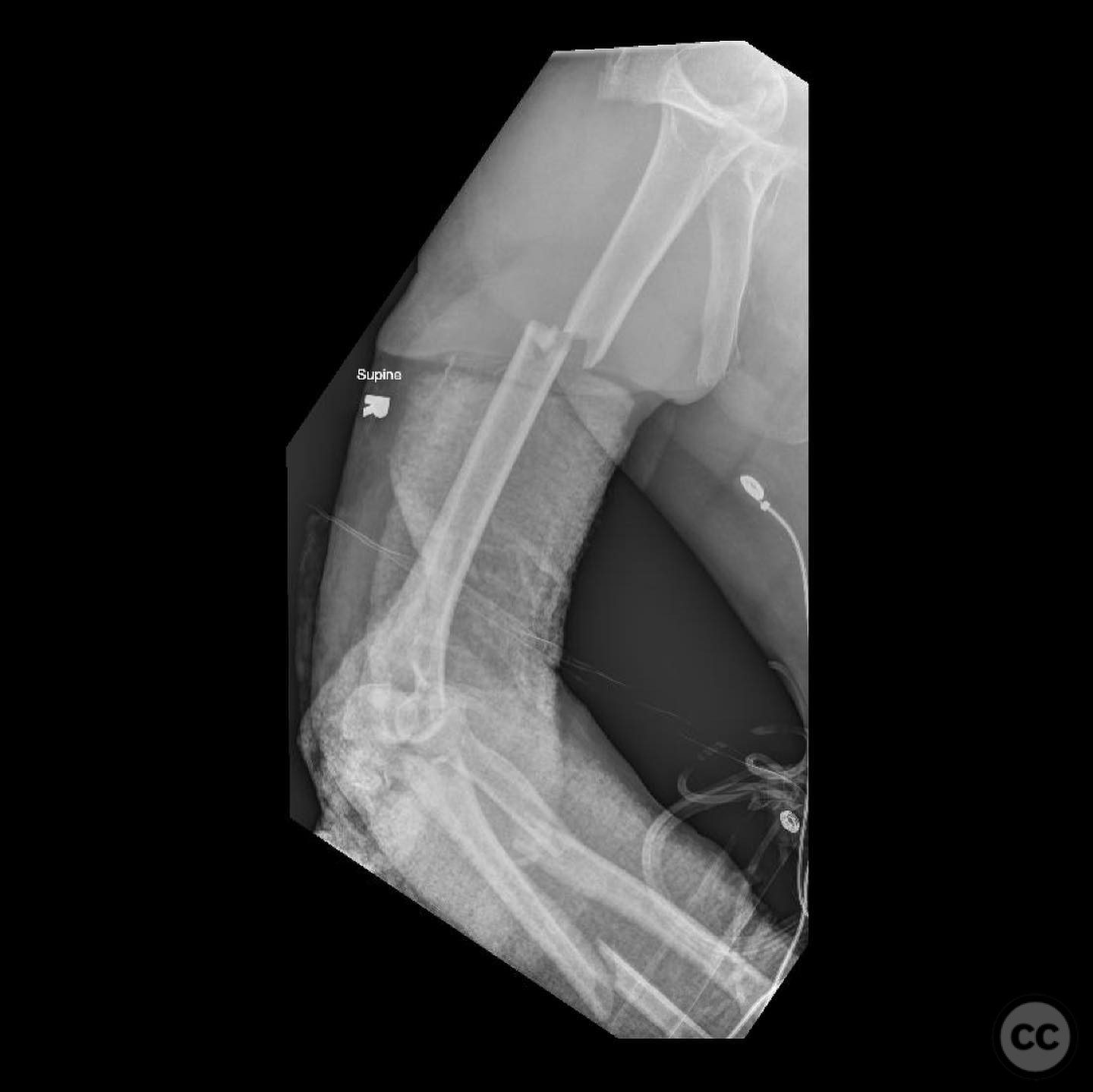
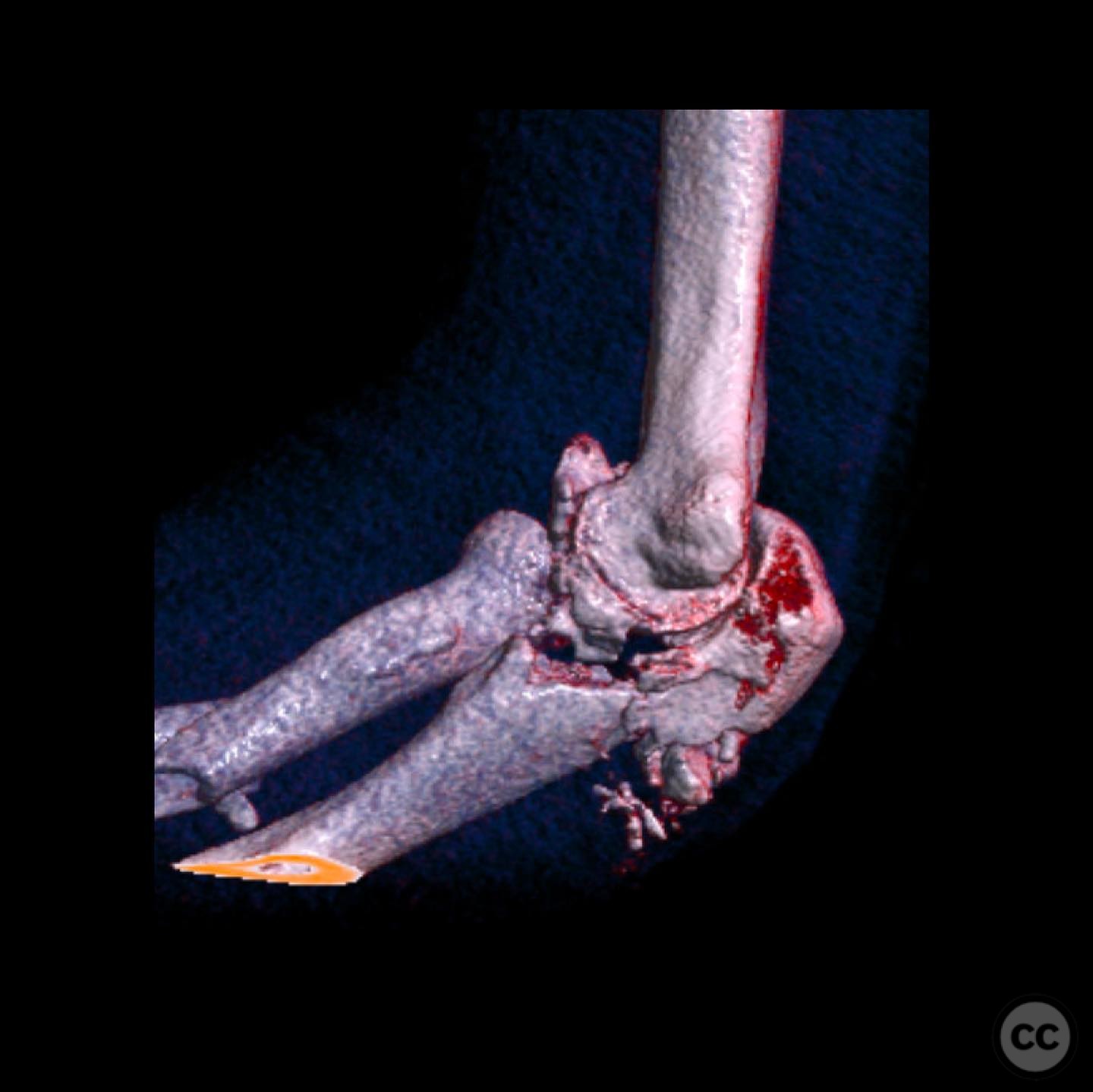
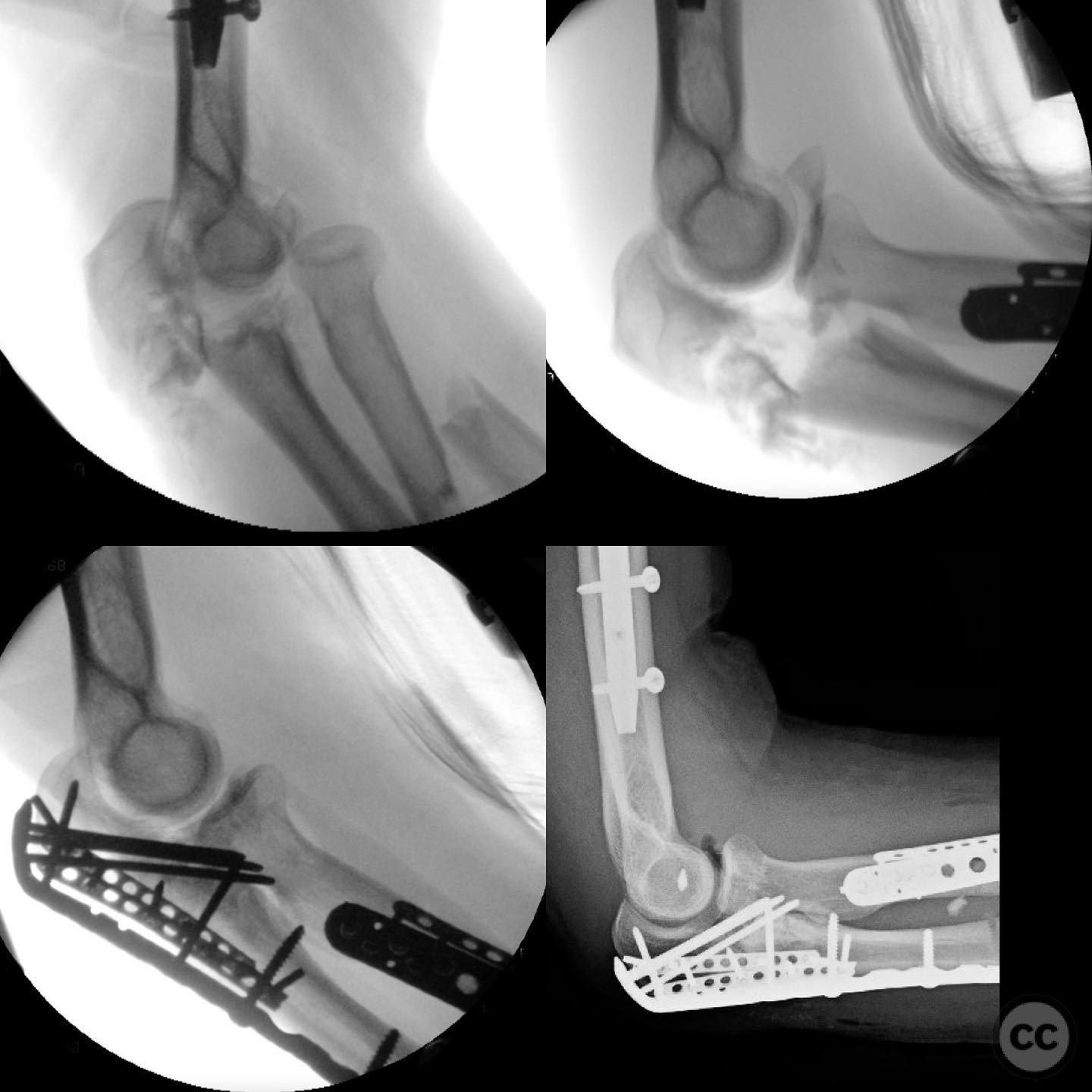
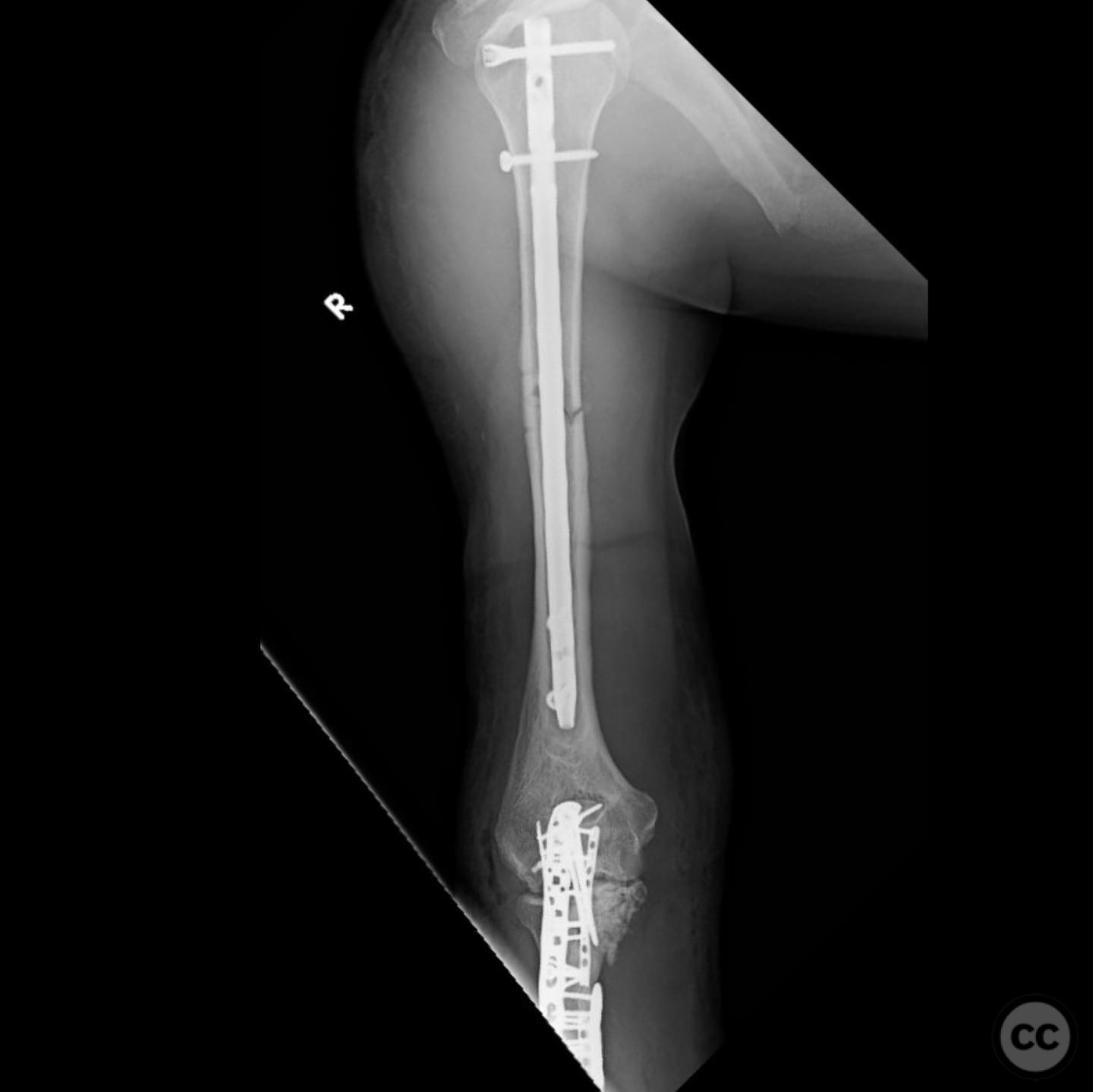
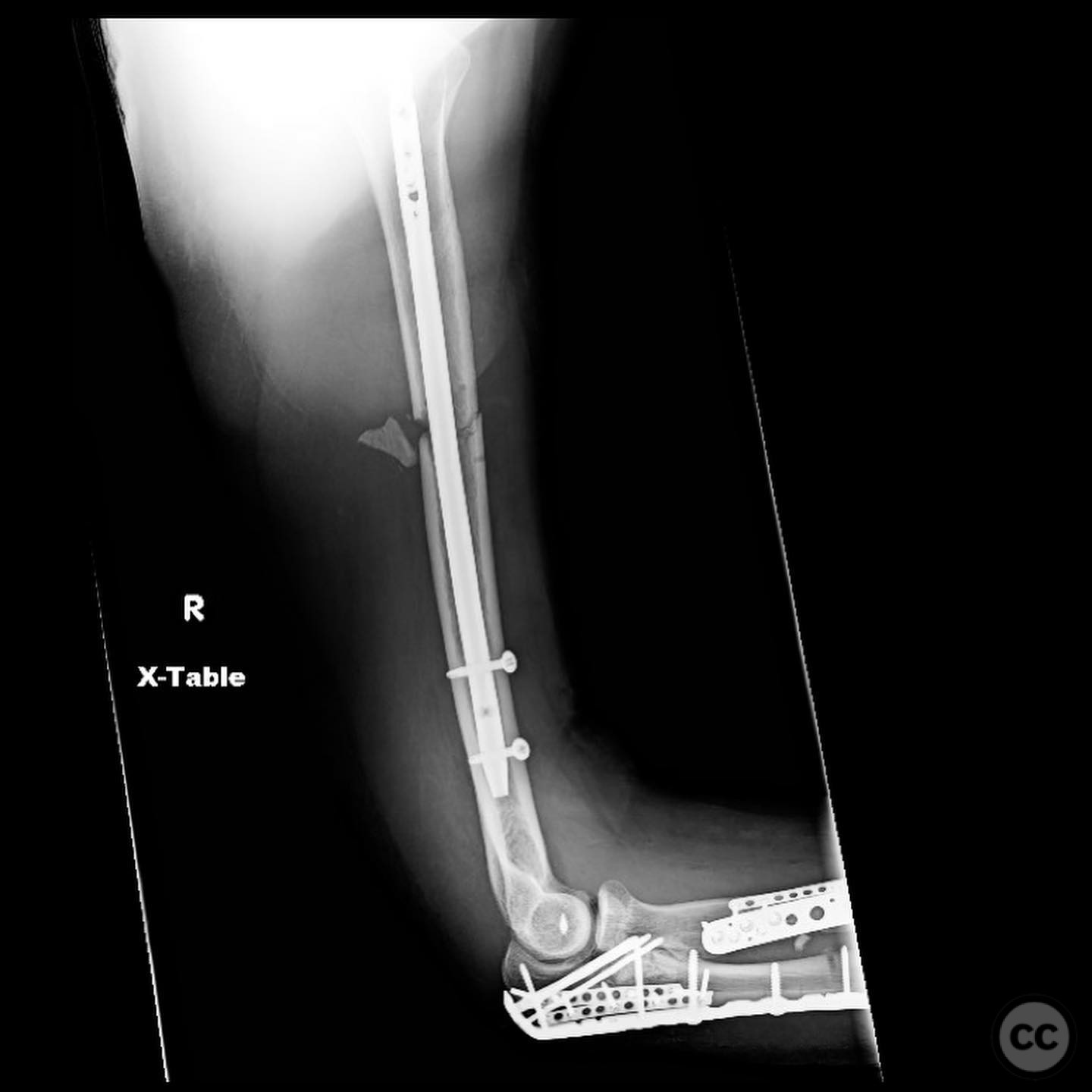
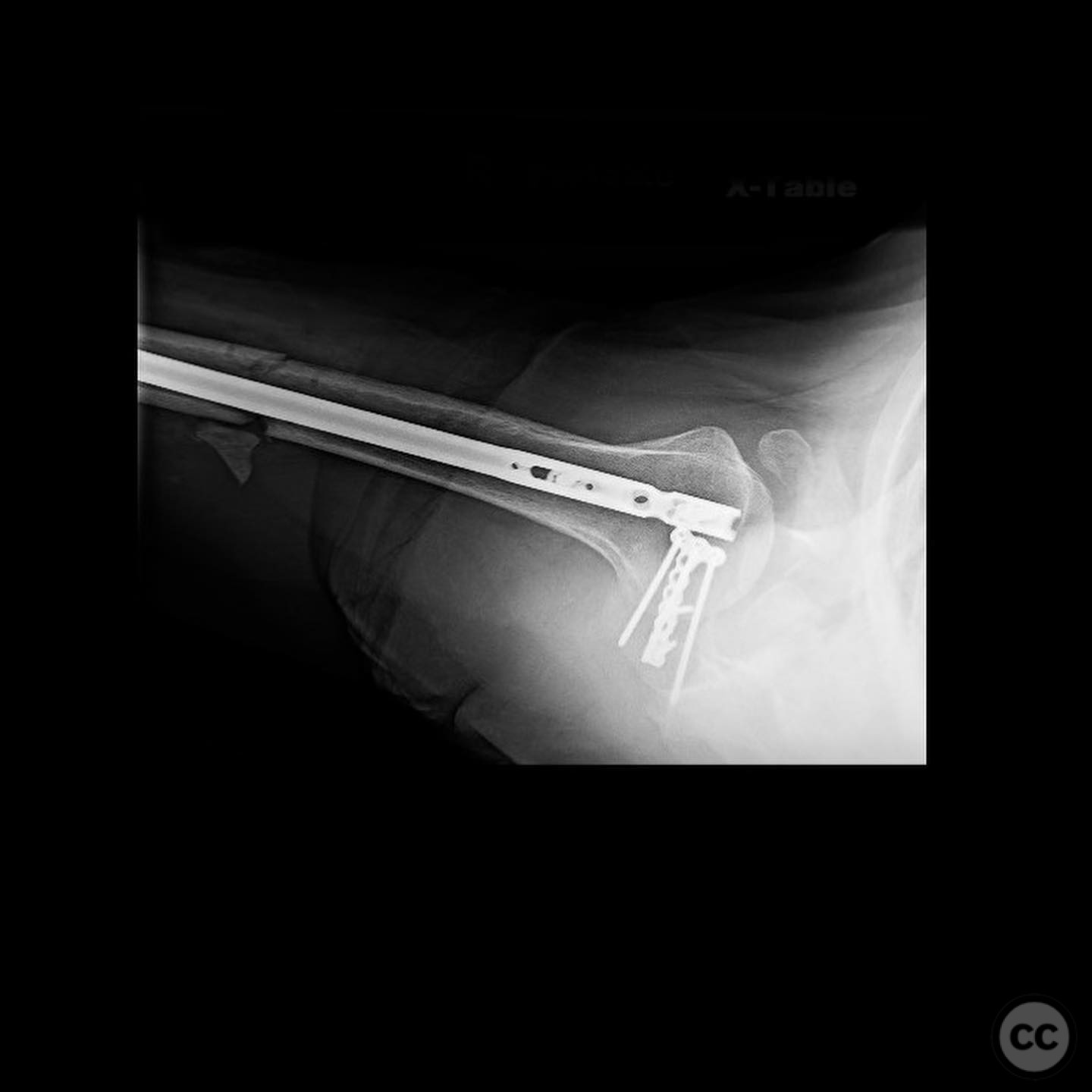
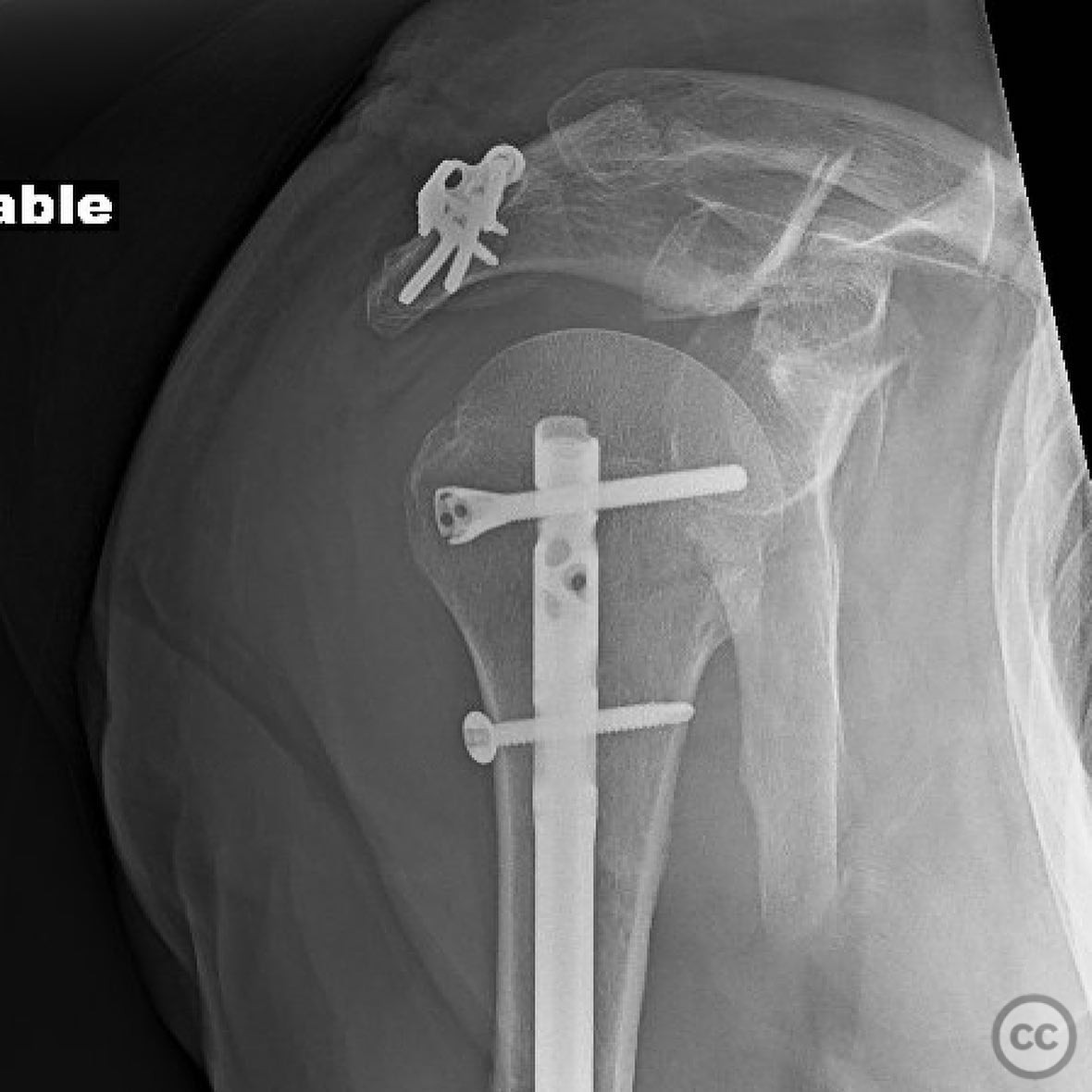
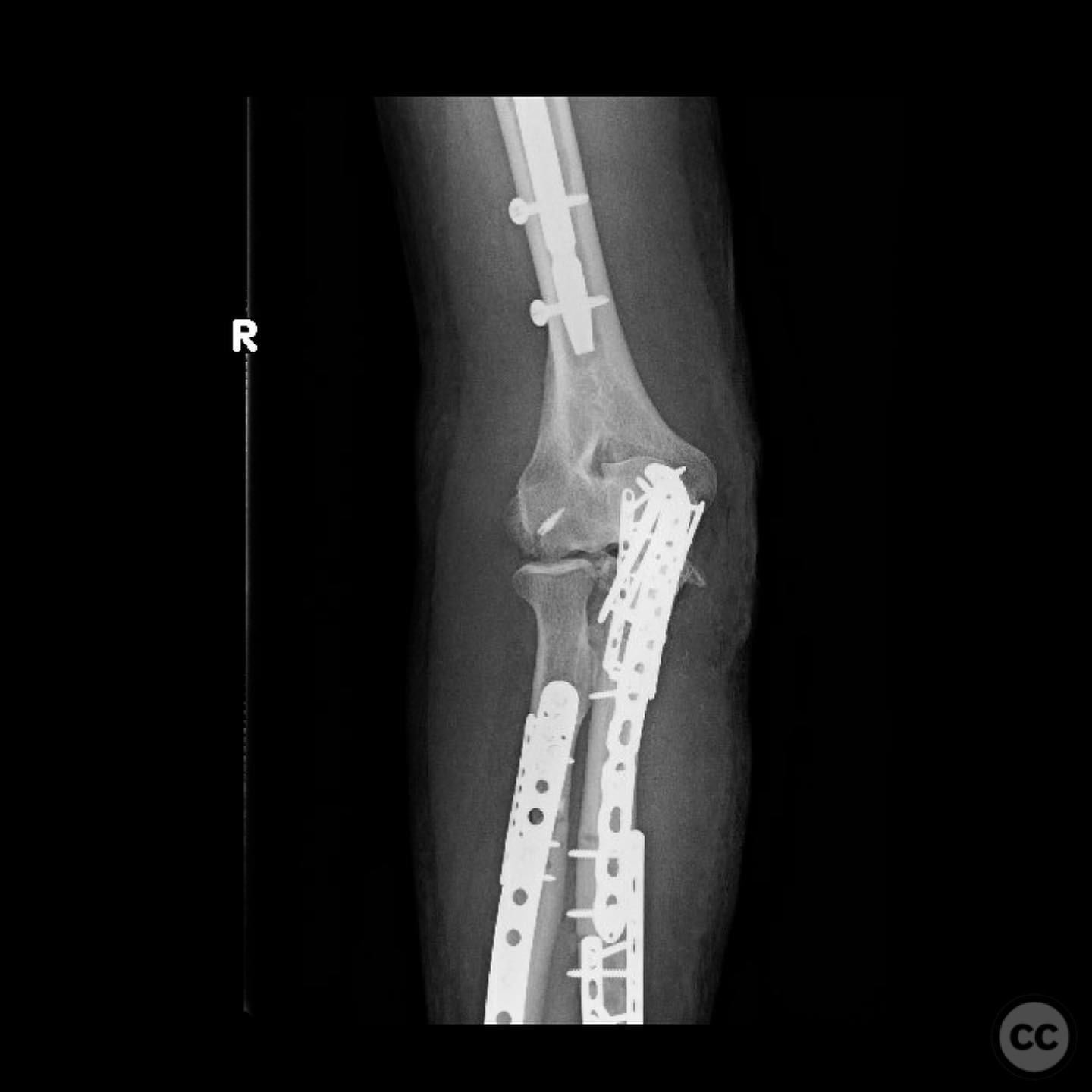
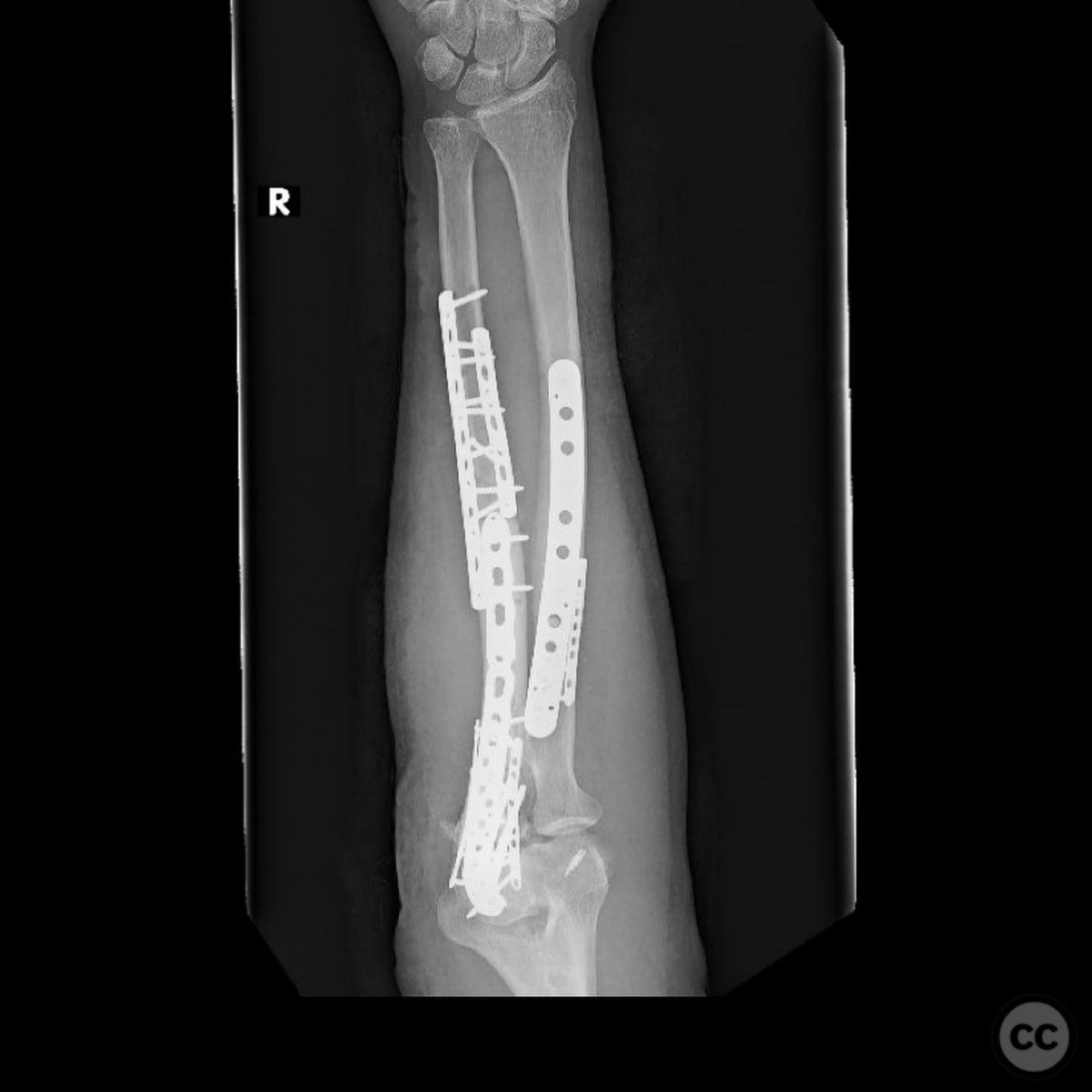
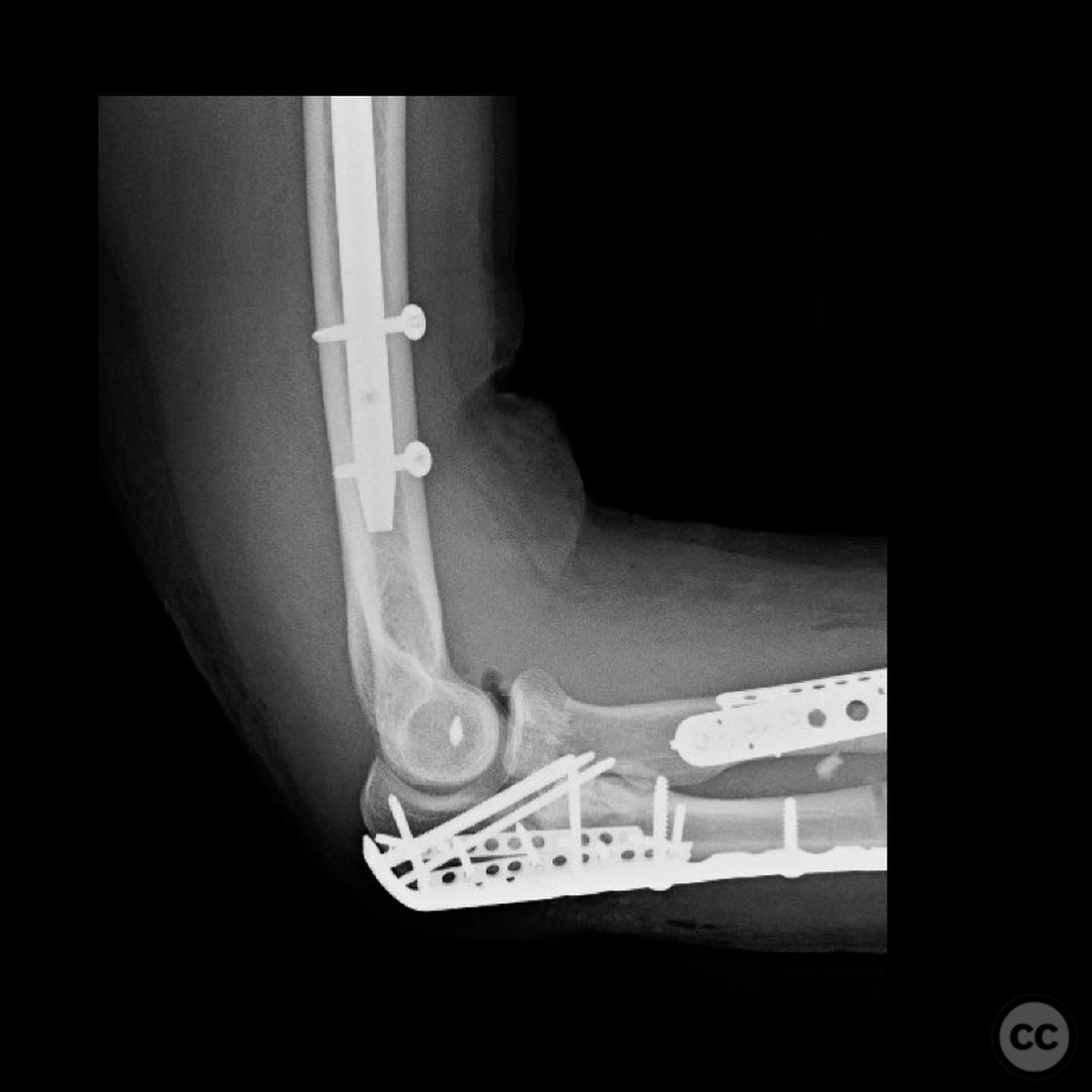
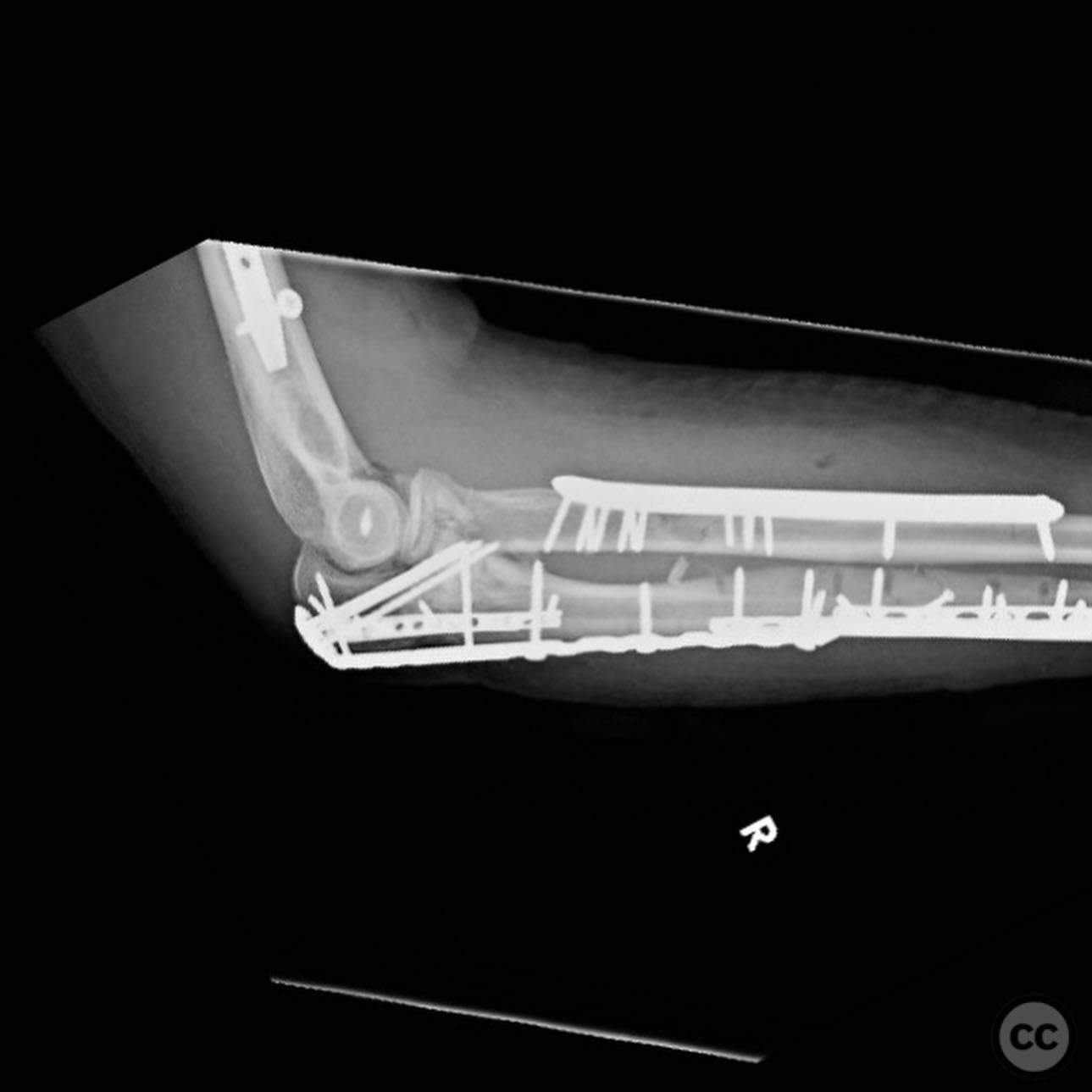
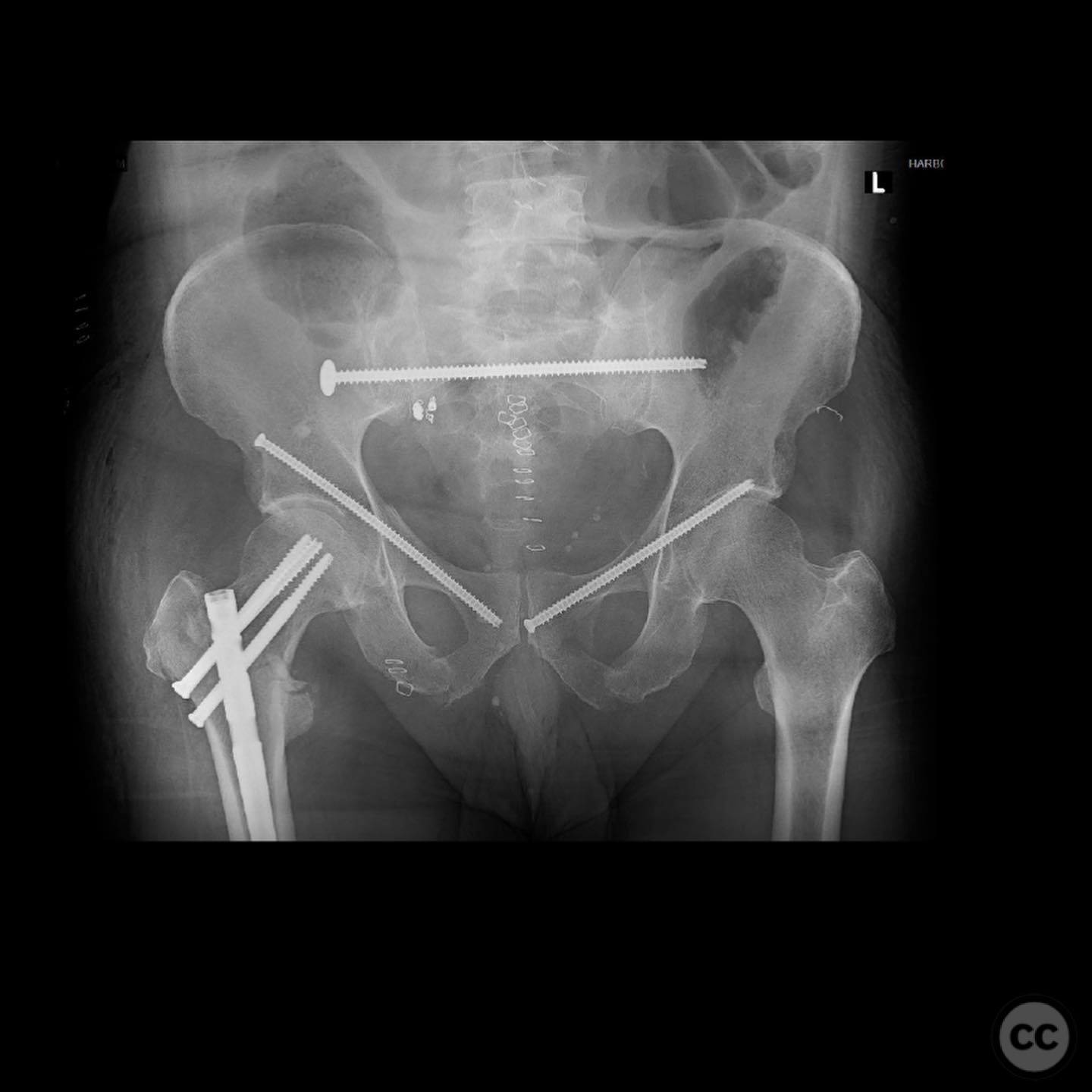
Article viewed 85 times
11 Jul 2025
Add to Bookmarks
Full Citation
Cite this article:
Surname, Initial. (2025). Complex upper extremity trauma with open elbow fracture-dislocation and both-bone forearm fractures.. Journal of Orthopaedic Surgery and Traumatology. Case Report 19567675 Published Online Jul 11 2025.